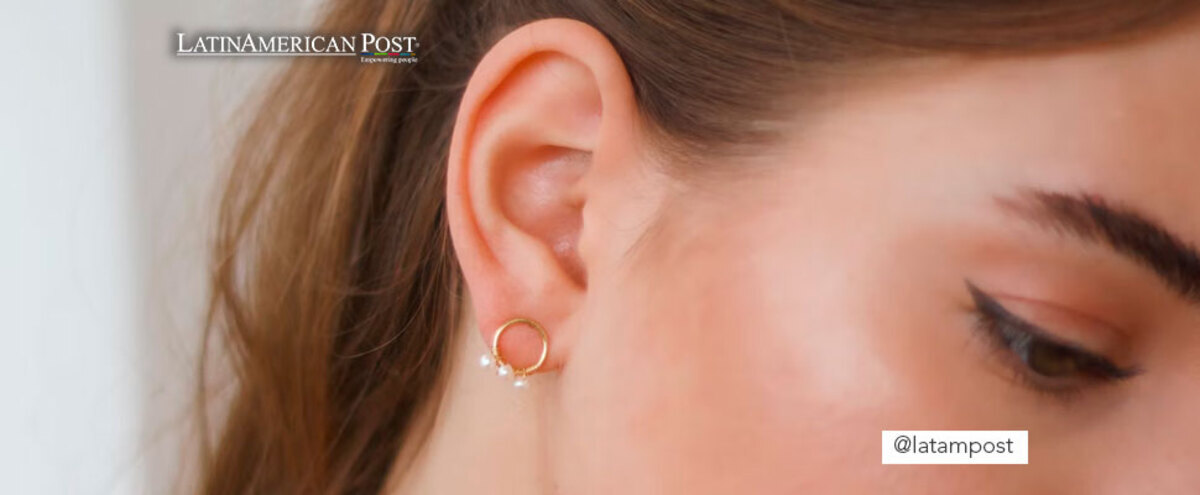Half of The World’s Young People Are At Risk Of Hearing Loss
More than 1 billion young people are at risk of serious hearing loss from recreational habits, according to the World Health Organization .

Photo: Unsplash
LatinAmerican Post | María Fernanda Ramírez Ramos
Escucha este artículo
Leer en español: La mitad de los jóvenes del mundo están en riesgo de perdida de audición
Deafness is a problem that affects more than 1.5 billion people around the world. According to the Pan American Health Organization, in the region of the Americas, 21.52% of the population lives with hearing loss. That is, approximately 217 million people. It is estimated that by 2050 there will be 322 million.
This, in terms of costs, represents more than 980 billion dollars a year in health care, lost productivity, education and social costs, according to the 2021 World Report On Hearing report. However, these costs can be mitigated through the prevention of the factors that trigger these problems in hearing health.
Young people, a population at risk
For years, hearing problems were related to advancing age. However, today the population between 12 and 35 years is at high risk. In fact, in this group, 50% are at risk of hearing loss due to dangerous exposure to excessively high sound levels in environments related to recreation and entertainment. To better understand the comparison, the study notes that "Audio devices can be exposed to the same sound level in 15 minutes of music at 100 decibels as an industrial worker would receive in an 8-hour shift at 85 decibels."
It is a problem that, far from being eradicated, is growing due to the current lifestyle. "Millions of adolescents and young adults are at risk of hearing loss due to the inappropriate use of personal audio devices and exposure to harmful sound levels in places such as nightclubs, bars, concerts and sporting events," said Bente Mikkelsen, director of the Department of Noncommunicable Diseases of the WHO.
Also read: Exercise, the Best Ally Against Prolonged COVID
So, excessive exposure to loud music and recreational sounds, such as in the use of video games, streaming services and social networks, which are mainly done by young people, is leading to a premature deterioration in hearing health. However, the effects are not limited to a decrease in the ability to hear, but also have other types of effects on physical and mental health.
For this reason, said Organization created a new regulation, launched this year, to mitigate and prevent this problem and allow young people to enjoy safe leisure. In this sense, it is mainly focused on regulating these factors to which people are most exposed today, due to technological development and entertainment events.
In this sense, it is sought that the people in charge of organizing parties and musical events are trained to provide quality experiences, while protecting hearing health.
For this, it is recommended that there be a maximum sound level of 100 decibels and that constant monitoring of said sound levels be carried out. In addition, it is requested that party and event venues have an optimization of acoustics and sound systems, so that in addition to being pleasant and of quality, the sound is safe.
Likewise, the WHO recommends that the delivery of tools for hearing protection to the public begin to be implemented, as well as the creation of silent zones for the ears to rest. However, the real challenge is for venues and event managers to offer such safe listening options. The same happens with the manufacturers of audio devices. In fact, the WHO motto for hearing day 2020 was “To hear for life, listen carefully!”
For this reason, it is essential that there are alliances between private institutions, international organizations and governments so that the recommendations are taken into account and applied effectively.




